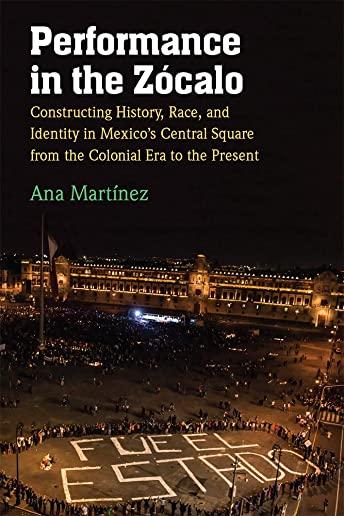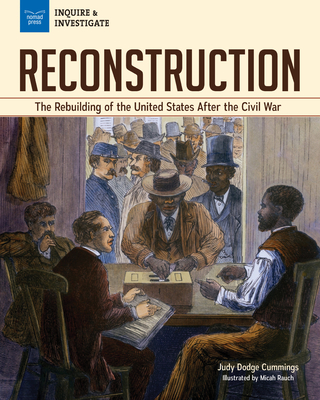
MartÃnez, Ana
product information
description
5For more than five centuries, the Plaza Mayor (or Z calo) in Mexico City has been the site of performances for a public spectatorship. During the period of colonial rule, performances designed to ensure loyalty to the Spanish monarchy were staged there, but over time, these displays gave way to staged demonstrations of resistance. Today, the Z calo is a site for both official government-sponsored celebrations and performances that challenge the state. Performance in the Z calo examines the ways that this city square has achieved symbolic significance over the centuries, and how national, ethnic, and racial identity has been performed there. A saying in Mexico City is "quien domina el centro, domina el pa s" (whoever dominates the center, dominates the country) as the Z calo continues to act as the performative embodiment of Mexican society. This book highlights how particular performances build upon each other by recycling past architectures and performative practices for new purposes. Ana Mart nez discusses the singular role of collective memory in creating meaning through space and landmarks, providing a new perspective and further insight into the problem of Mexico's relationship with its own past. Rather than merely describe the commemorations, she traces the relationship between space and the invention of a Mexican imaginary. She also explores how indigenous communities, Mexico's alienated subalterns, performed as exploited objects, exotic characters, and subjects with agency. The book's dual purposes are to examine the Z calo as Mexico's central site of performance and to unmask, without homogenizing, the official discourse regarding Mexico's natives. This book will be of interest for students and scholars in theater studies, Mexican Studies, Cultural Geography, Latinx and Latin American Studies.
member goods
No member items were found under this heading.
Return Policy
All sales are final
Shipping
No special shipping considerations available.
Shipping fees determined at checkout.







